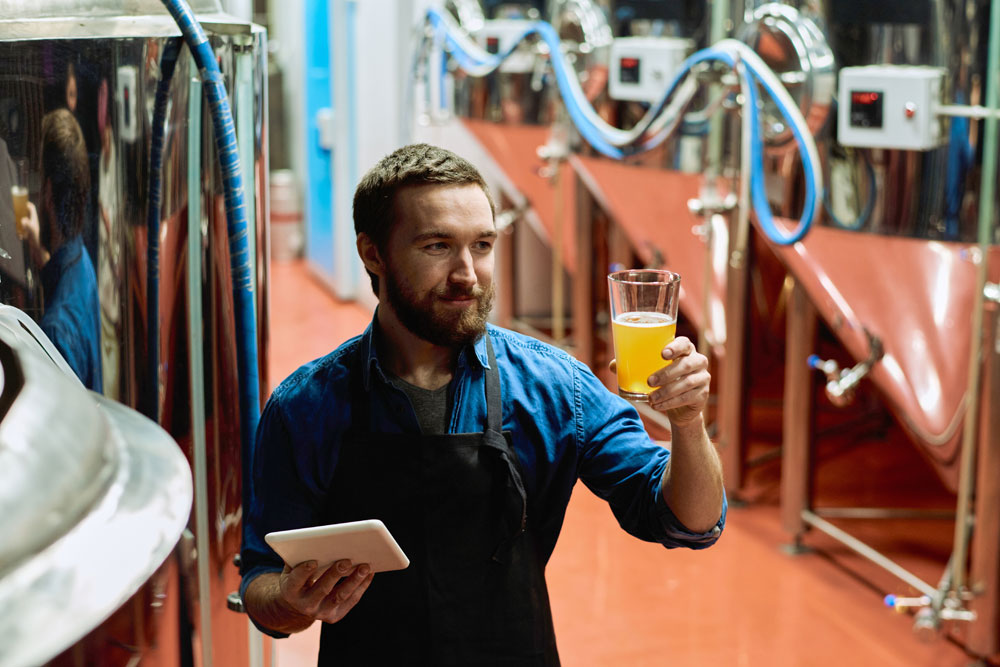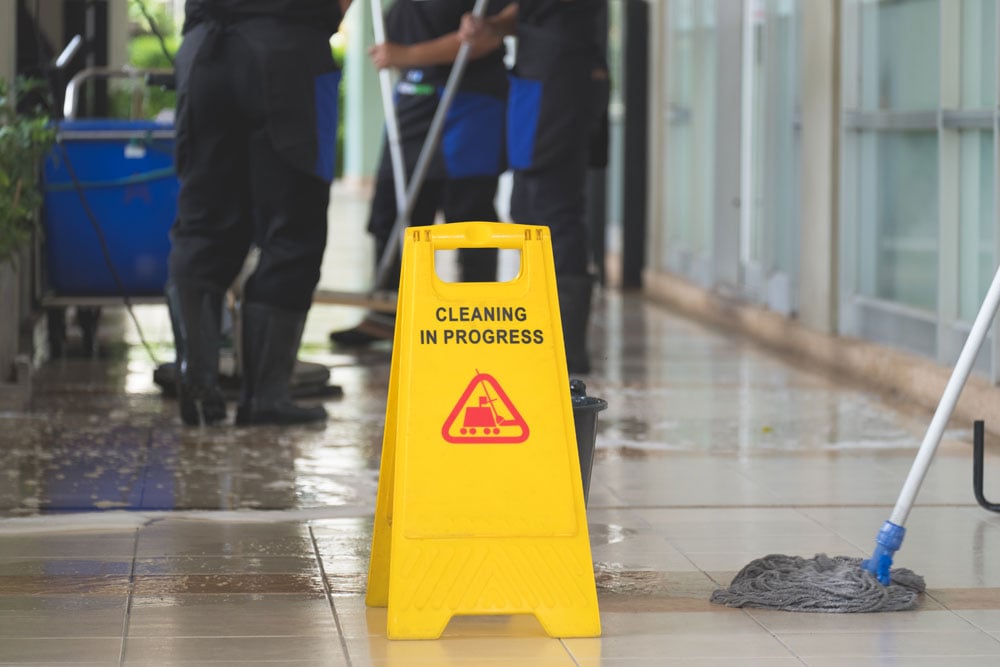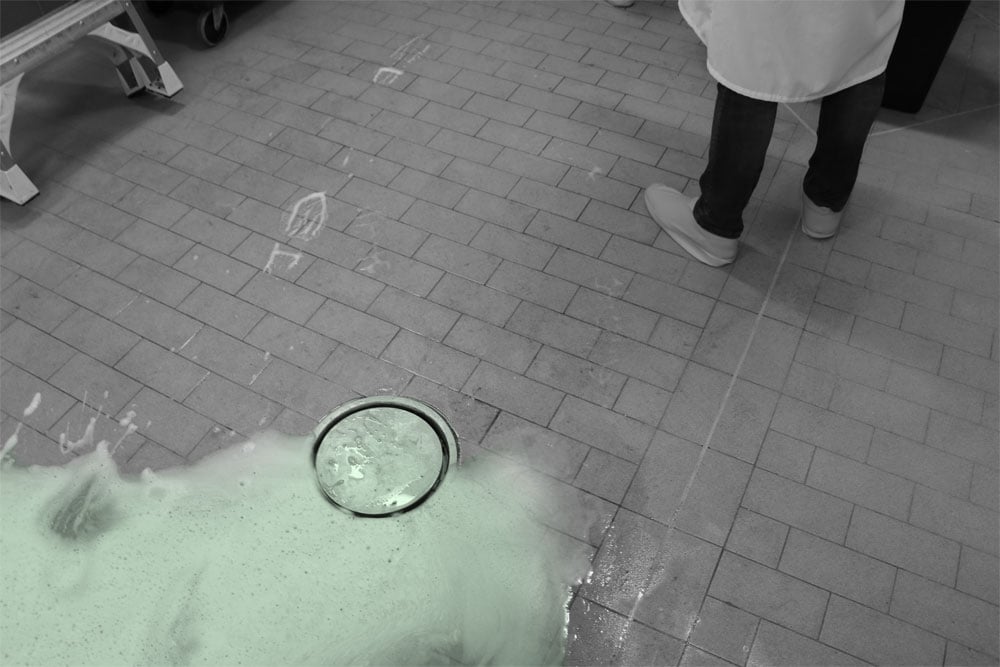All areas of the food and beverage industry have strict sanitation requirements they are expected to follow. With the emergence of COVID-19, these requirements have changed, and the need to ensure proper sanitation is more significant than ever.
Wineries, which have high microbial loads, are one industry in particular that needs to have detailed sanitation procedures. Not taking care of winery sanitation procedures can result in a contaminated product, which is harmful to the health and safety of consumers. Here are 5 tips to incorporate into your winery sanitation standard operating procedures (SSOP) to ensure that your facility meets all the sanitation requirements.
Why is Sanitation Important in a Winery?
Wineries naturally have high microbial loads, particularly during the harvesting period. The microorganisms in these loads can be spread through wineries by humans, HVAC systems, and improper sanitation—leading to contamination and wine spoilage. By maintaining a clean facility, you can minimize the microbial load within the winery, for a safer and more sanitary environment that is free from the risk of contamination.
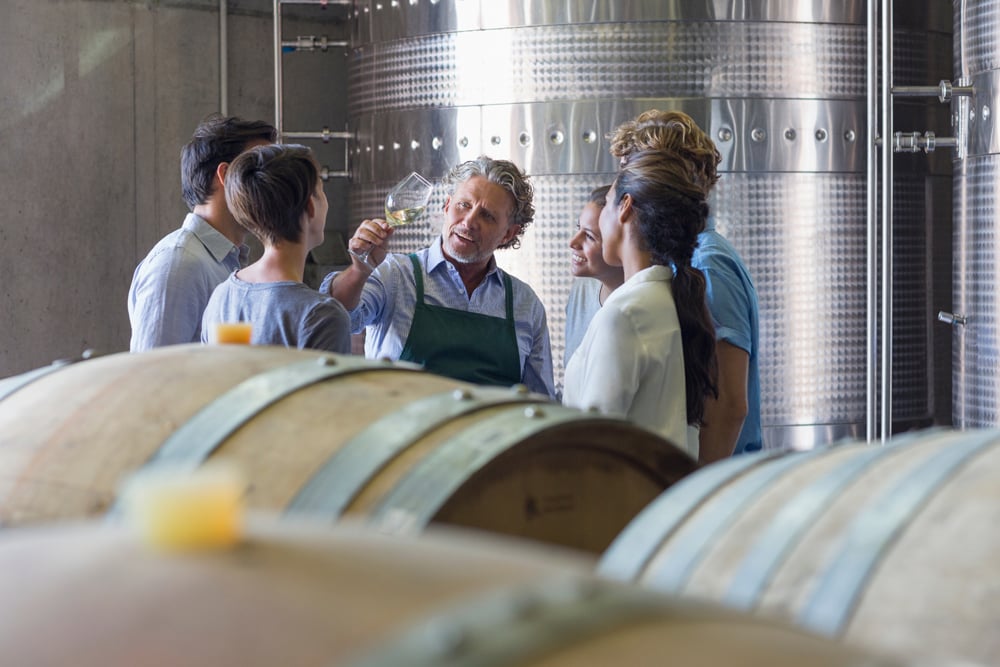
Tips for Improved Winery Sanitation
Here are some helpful tips to ensure you effectively clean and sanitize your winery:
1. Develop a Sanitation Standard of Procedures (SSOP)
An SOP (Standard of Procedures) is a set of instructions meant to help workers correctly carry out various routine operations. They are an essential tool for employee training and education and outline the essential tasks for running the winery smoothly. SSOPs are a more specific form of SOP, focused on creating a detailed set of instructions regarding the various sanitation requirements in the winery.
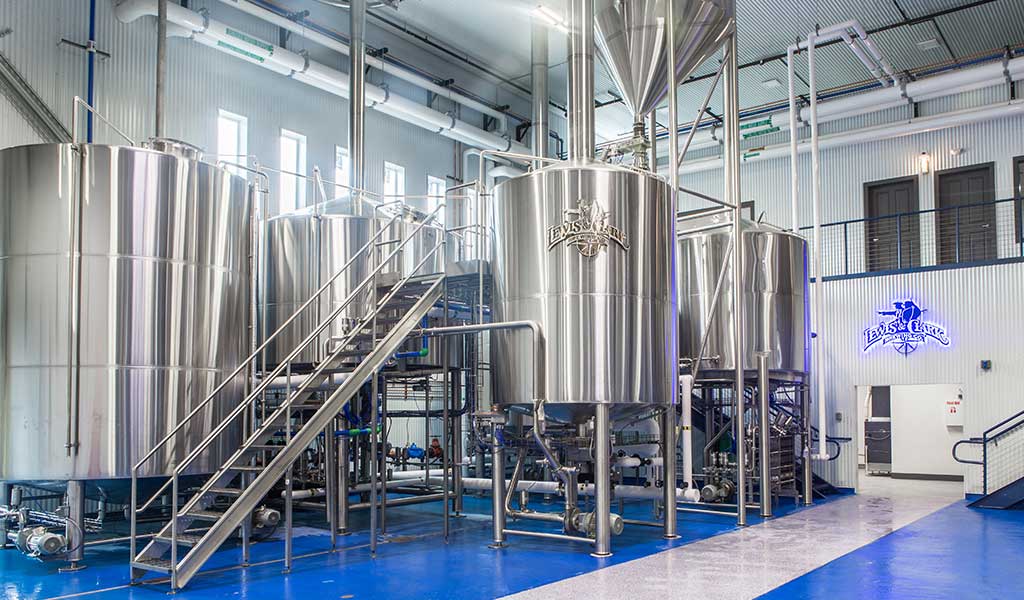
It can include everything from employee hygiene to the correct cleaner concentration levels that should be used to clean and sanitize equipment. Creating a detailed SSOP is essential in ensuring employees know what is expected and get the proper training in maintaining a clean facility. Otherwise, it can lead to severe health, safety, and even legal issues.
2. Have a Multi-Step Cleaning Process
For winery sanitation to be effective, workers cannot solely rely on chemicals to kill bacteria. Before using these cleaning detergents, workers should perform a preliminary cleaning, to remove as much visible debris as possible, using manual or mechanical methods.
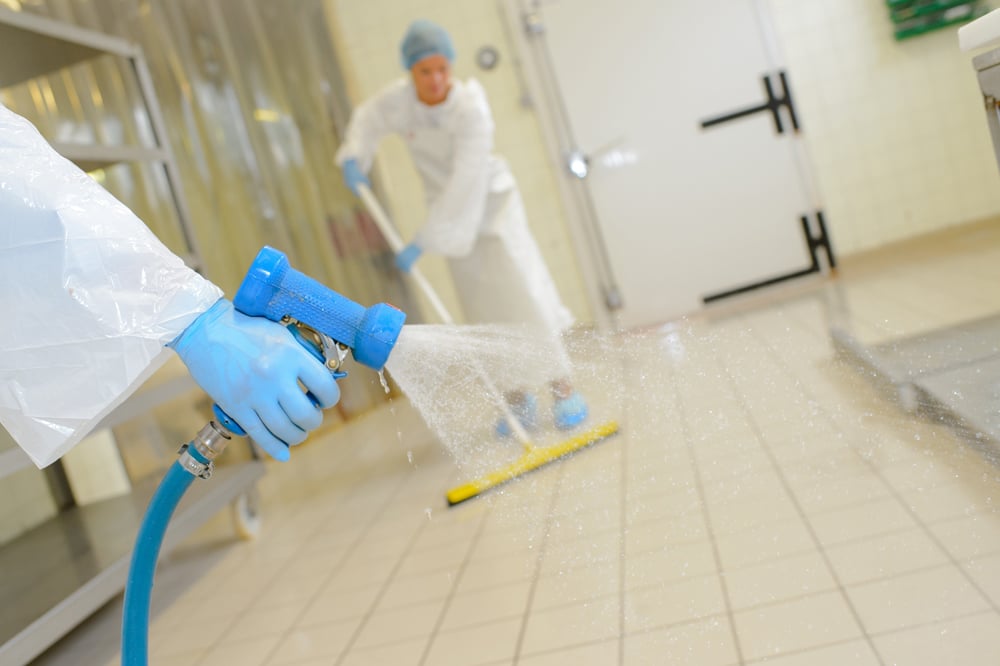
By removing the visible debris and buildup before applying cleaning agents, you can significantly cut down on the costs of detergents and sanitizers, since you will not have to use as much for effective cleaning. With visible debris gone, it also means that detergents and sanitizing agents can penetrate more effectively, killing more of the present bacteria.
3. Choose the Right Detergents (and Know How to Use Them)
There are many different detergents and cleaners on the market. They may all clean, but they aren’t all suited for use in wineries. Take the time to learn about the various options and their properties to make the right choice for your winery.
It's necessary to take the time to understand how cleaning detergents work, from their concentration requirements and how you apply them to how long to let them sit. Knowing these things will ensure you use them correctly and get the most effective cleaning possible without wasting any product.
4. Evaluate the Cleaning Routine
One can never assume a cleaning procedure is effective; you need to evaluate and verify it. You want to watch the process of winery sanitation and ensure that the cleaners are mixed to the correct concentration levels and are at the proper pH levels, that water is at the appropriate temperature, and that all the cleaning agents sit for the appropriate amount of time. These are things you should evaluate every few months to ensure everything is up to code, but you also want to evaluate the effectiveness of the routine as well.
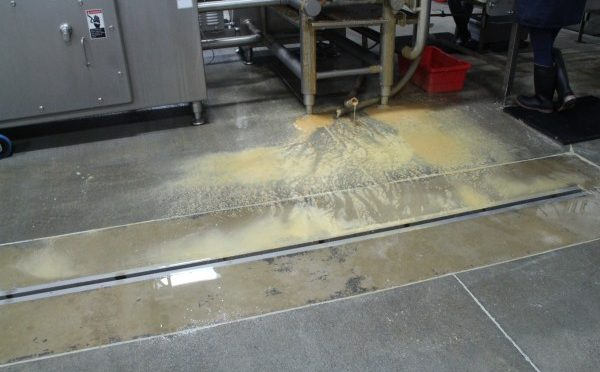
You should routinely inspect the winery after going through the winery sanitation standard operating procedures, starting with a visual walkthrough. For a deeper inspection, you want to test for Adenosine triphosphate (ATP) residue; though the results of such a test are vague, it can give you an idea of how much ATP remains after the cleaning procedures. To evaluate the sanitation, you will want to perform swab or soak sampling. Like with ATP testing, negative results in these tests do not indicate sterility, but the results are still informative. They can determine historical trends and help create a more effective program.
5. Invest in a Sanitary Drainage System
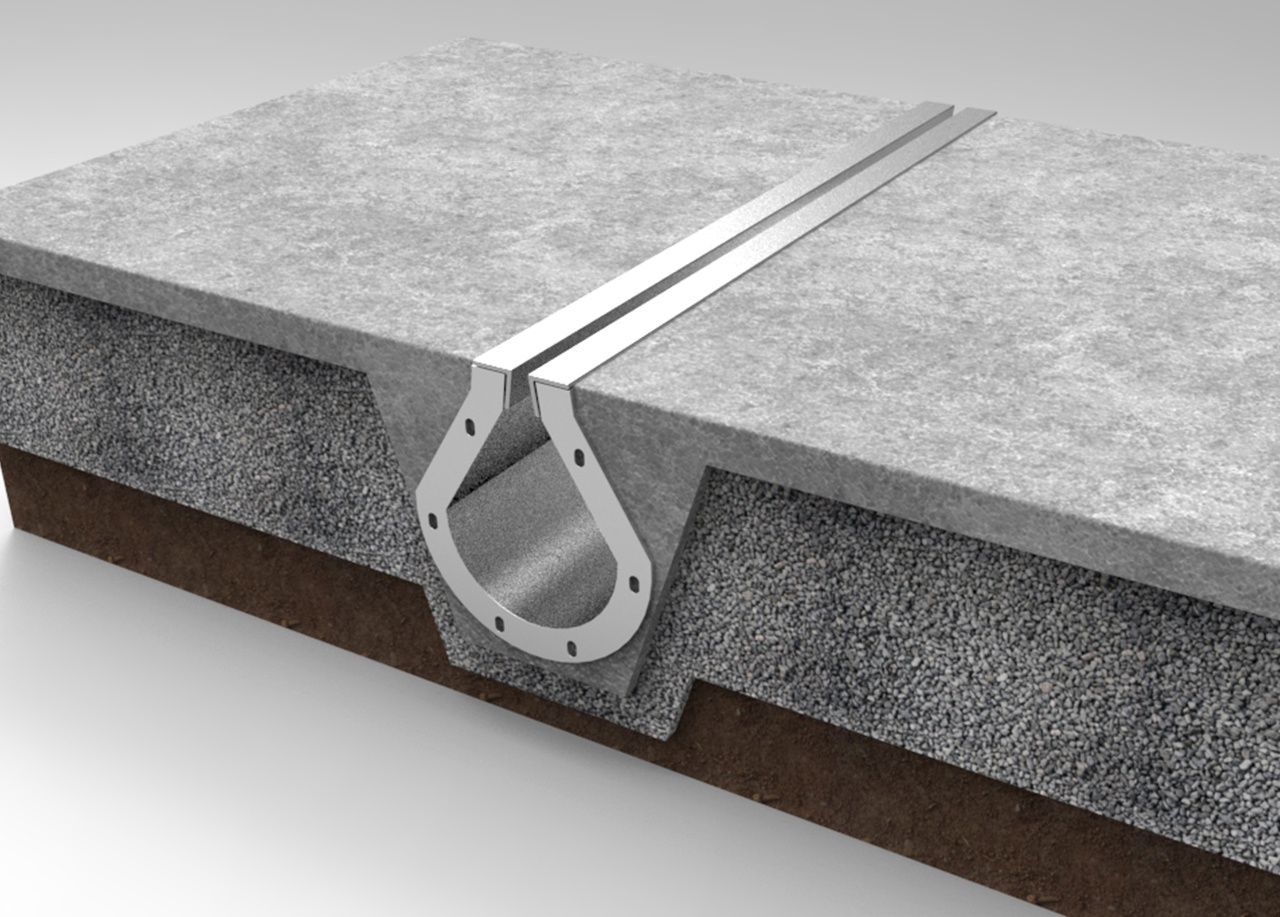
A critical, sometimes overlooked, part of winery sanitation is having a reliable drainage system in place. Sanitary systems like FoodSafe Drains’ stainless steel Slot Drain system are designed to handle the acidic ingredients in wine, the high temperatures, and harsh cleaning agents, without corrosion. Their 10,000 Series system features a Load Class F. It is easy to clean, especially with the addition of a clean-in-place system, making winery drain sanitation and cleaning procedures simple.
A trench drain from FoodSafe Drains is another option with two versions to choose from: the rounded bottom and the v-shaped bottom. Both options feature a wider channel, making the trench drain capable of handling larger capacities, They also offer Food-Safe area drains, which you can place through the area for maximum coverage.
Good Wine Starts with a Clean Winery
In a time where sanitation is more critical than ever, there is no overlooking the importance of sanitation in a winery. For high-quality, safe, wine production to be possible, wineries need to maintain strict cleaning and sanitation standards.
By creating detailed winery sanitation standard operating procedures, winery employees will clearly understand what is expected and can work to maintain the appropriate standards. The addition of a system like Slot Drain from FoodSafe Drains is ideal for further ensuring winery drain sanitation and cleaning procedures. Contact the professionals at FoodSafe Drains today to discover the best drainage option for your winery.
